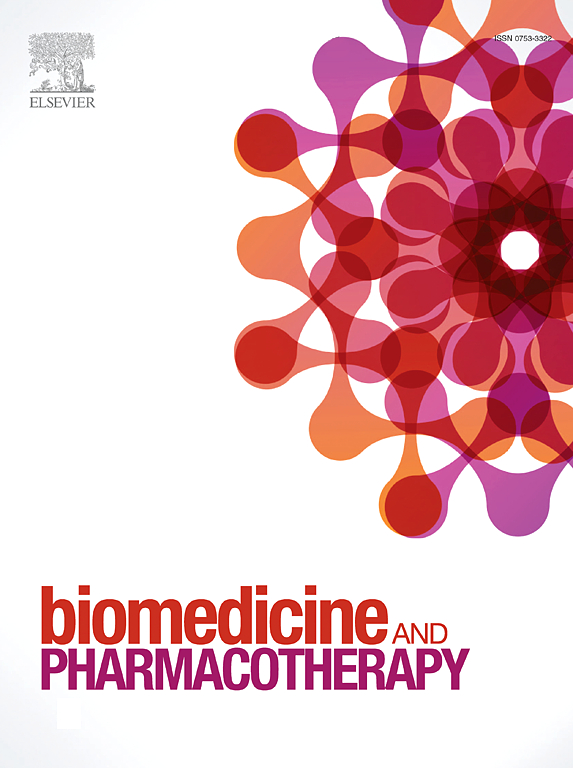Epigenetic regulation of macrophage function in kidney disease: New perspective on the interaction between epigenetics and immune modulation
IF 6.9
2区 医学
Q1 MEDICINE, RESEARCH & EXPERIMENTAL
引用次数: 0
Abstract
The interaction between renal intrinsic cells and macrophages plays a crucial role in the onset and progression of kidney diseases. In recent years, epigenetic mechanisms such as DNA methylation, histone modification, and non-coding RNA regulation have become essential windows for understanding these processes. This review focuses on how renal intrinsic cells (including tubular epithelial cells, podocytes, and endothelial cells), renal cancer cells, and mesenchymal stem cells influence the function and polarization status of macrophages through their own epigenetic alterations, and how the epigenetic regulation of macrophages themselves responds to kidney damage, thus participating in renal inflammation, fibrosis, and repair. Moreover, therapeutic studies targeting these epigenetic interaction mechanisms have found that the application of histone deacetylase inhibitors, histone methyltransferase inhibitors, various nanomaterials, and locked nucleic acids against non-coding RNA have positive effects on the treatment of multiple kidney diseases. This review summarizes the latest research advancements in these epigenetic regulatory mechanisms and therapies, providing a theoretical foundation for further elucidating the pathogenesis of kidney diseases and the development of novel therapeutic strategies.
肾脏疾病中巨噬细胞功能的表观遗传调控:表观遗传学与免疫调节相互作用的新视角
肾内细胞与巨噬细胞之间的相互作用在肾脏疾病的发生和发展中起着至关重要的作用。近年来,表观遗传机制如DNA甲基化、组蛋白修饰和非编码RNA调控已成为理解这些过程的重要窗口。本文综述了肾内禀细胞(包括肾小管上皮细胞、足细胞和内皮细胞)、肾癌细胞和间充质干细胞如何通过自身的表观遗传改变影响巨噬细胞的功能和极化状态,以及巨噬细胞自身的表观遗传调控如何响应肾脏损伤,从而参与肾脏炎症、纤维化和修复。此外,针对这些表观遗传相互作用机制的治疗研究发现,应用组蛋白去乙酰化酶抑制剂、组蛋白甲基转移酶抑制剂、各种纳米材料和锁定非编码RNA的核酸对治疗多种肾脏疾病具有积极作用。本文综述了这些表观遗传调控机制和治疗方法的最新研究进展,为进一步阐明肾脏疾病的发病机制和开发新的治疗策略提供理论基础。
本文章由计算机程序翻译,如有差异,请以英文原文为准。
求助全文
约1分钟内获得全文
求助全文
来源期刊
CiteScore
11.90
自引率
2.70%
发文量
1621
审稿时长
48 days
期刊介绍:
Biomedicine & Pharmacotherapy stands as a multidisciplinary journal, presenting a spectrum of original research reports, reviews, and communications in the realms of clinical and basic medicine, as well as pharmacology. The journal spans various fields, including Cancer, Nutriceutics, Neurodegenerative, Cardiac, and Infectious Diseases.

 求助内容:
求助内容: 应助结果提醒方式:
应助结果提醒方式:


